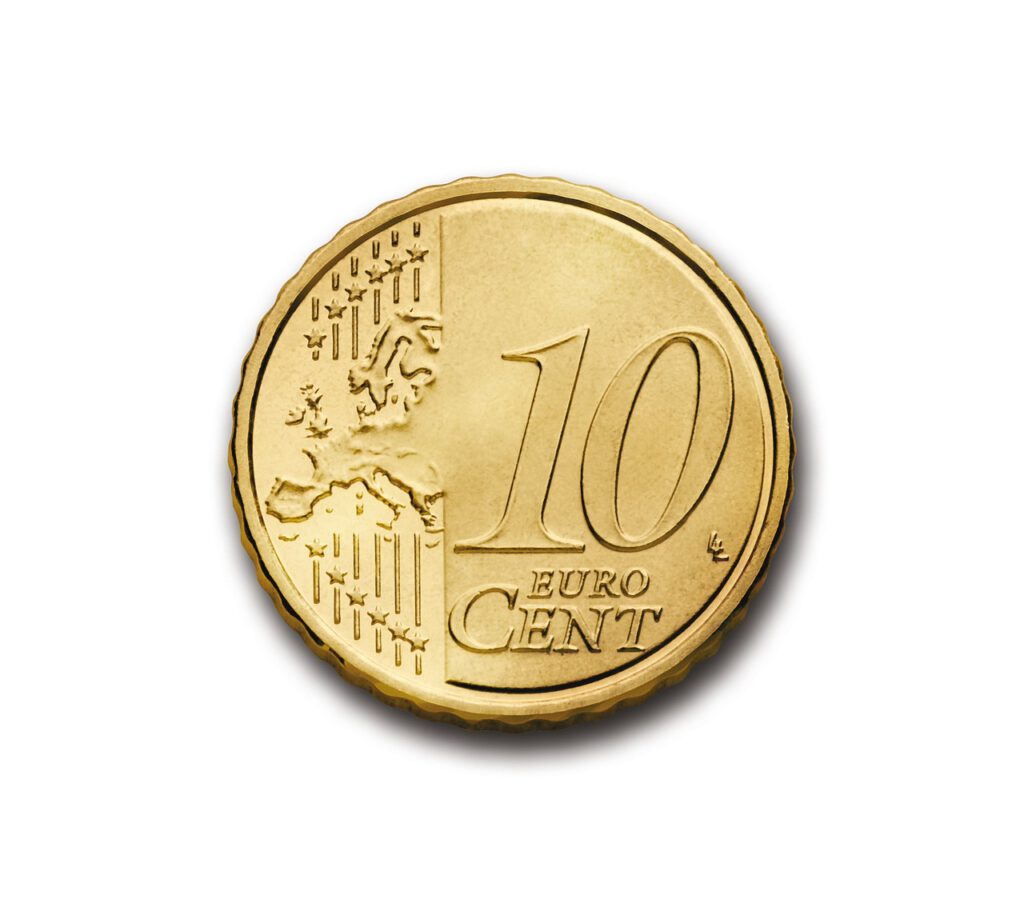Have you ever wondered if the excitement and hype around cryptocurrencies could really outshine the old, steady world of stocks and bonds? For many, the idea of quick riches from crypto seems almost irresistible, while others find comfort in the time-tested stability of traditional investments. The truth is, choosing between these two worlds is not as straightforward as it seems. With fortunes made and lost overnight in crypto, and decades of slow and steady growth in traditional assets, the tradeoffs can be surprising, emotional, and life-changing. Understanding the risks and rewards is not just smart—it’s essential.
What Are Traditional Assets?

Traditional assets have been the backbone of personal wealth for generations. These include stocks, which give you a slice of ownership in a company, and bonds, which are like lending money to a business or government in exchange for regular interest payments. Real estate, such as houses or commercial properties, can offer both rental income and potential appreciation over time. Commodities like gold or oil are also considered traditional assets, often serving as protection when inflation erodes the value of money. These assets are supported by years, sometimes centuries, of historical data, which gives investors a sense of confidence and predictability. While prices can go up and down, the overall long-term trend for traditional assets is steady growth. This history provides a level of trust and familiarity that many people find comforting, especially when compared to newer, more unpredictable investments.
The Sudden Emergence of Cryptocurrency
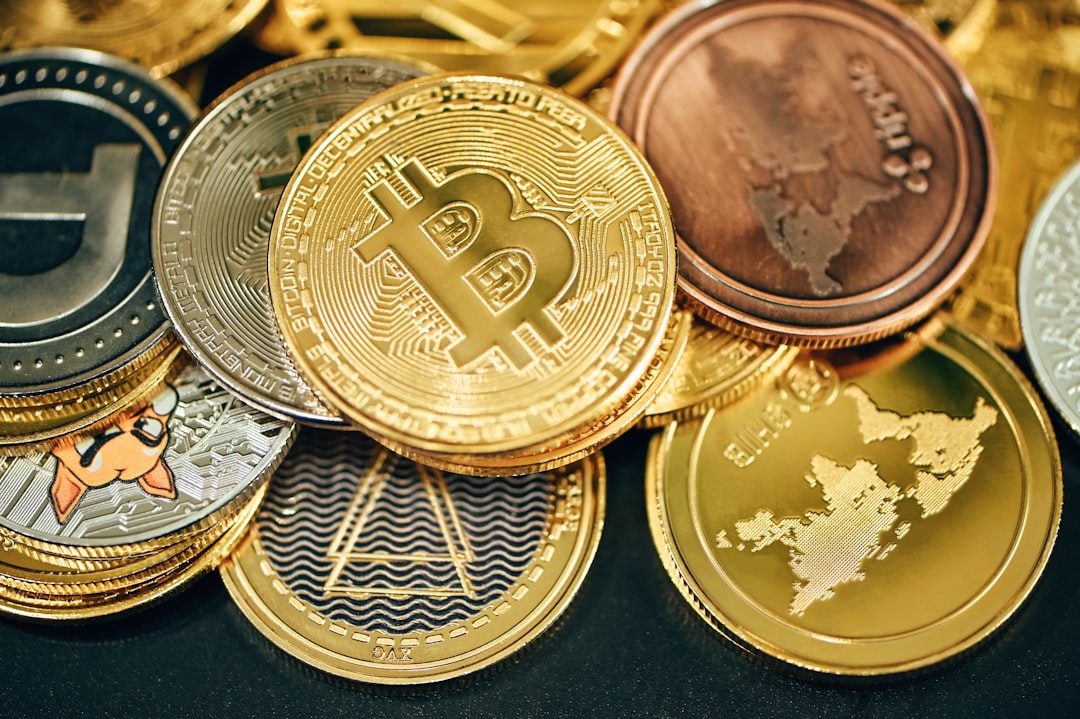
Cryptocurrency burst onto the scene in 2009 with the creation of Bitcoin, promising a new kind of money that operates outside the control of governments and banks. Since then, thousands of cryptocurrencies have appeared, each with its own unique features and communities. These digital coins use blockchain technology, a public ledger that makes transactions transparent and secure—at least in theory. The stunning stories of everyday people becoming millionaires almost overnight have fueled a frenzy of interest, turning crypto into a cultural phenomenon. But with all the excitement comes uncertainty, as these new digital assets are still finding their place in the world. The technology is evolving rapidly, and with so much unknown, the risks are higher than what most investors are used to. Still, the chance of being part of something revolutionary is a powerful draw for many.
Volatility: Friend or Foe?
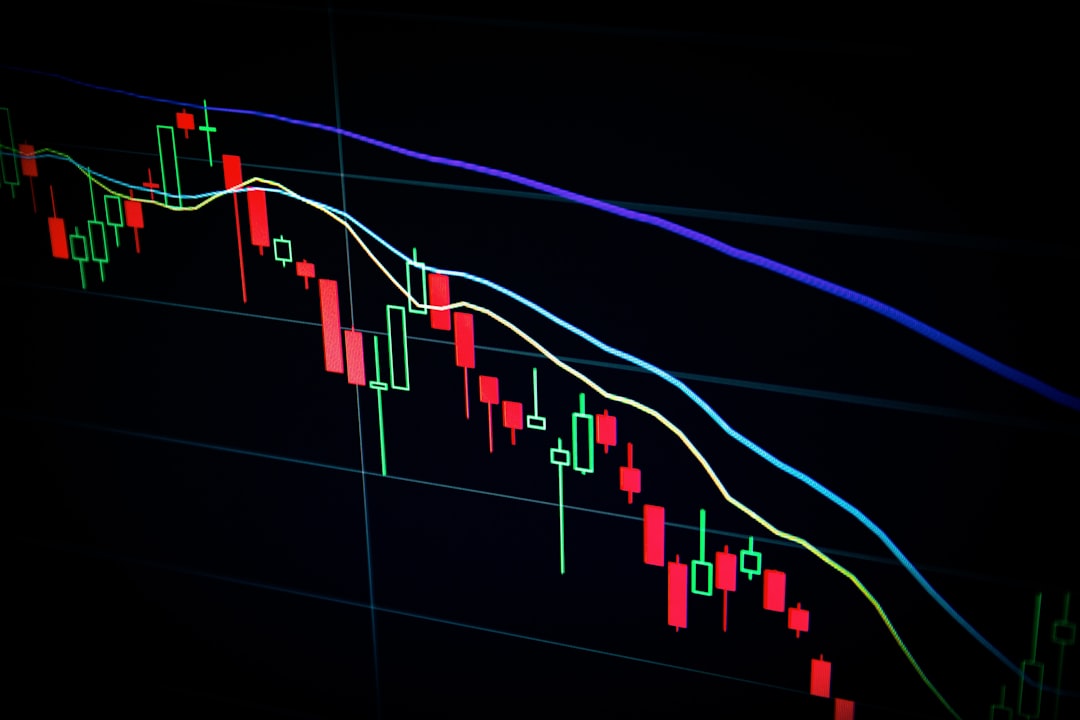
One of the most startling differences between crypto and traditional assets is how wildly their prices can swing. A single tweet or news story can send the value of a cryptocurrency soaring or crashing within hours. This volatility can be thrilling for some investors, who see it as an opportunity to make quick profits. But it can also be devastating, wiping out savings in a matter of days. Traditional assets, while not immune to market swings, tend to move more slowly and predictably. Stocks might fluctuate with earnings reports or global events, but rarely with the shocking speed seen in crypto. For investors, this means that crypto can be both a friend and a foe—offering the promise of high rewards, but only for those willing to stomach the rollercoaster ride. The emotional highs and lows can be intense, making it easy to get caught up in the moment.
How Easy Is It to Buy and Sell?
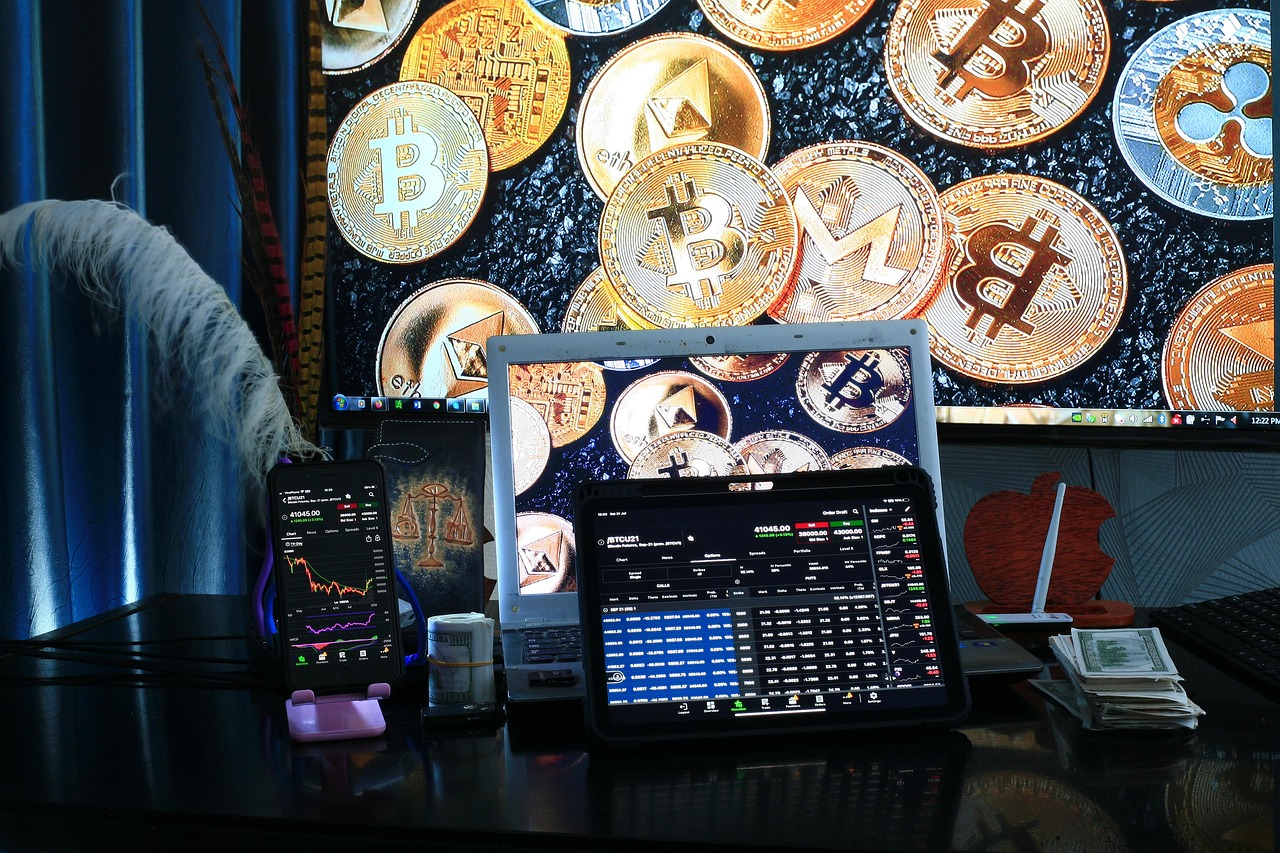
One of the advantages of cryptocurrencies is how easy they are to buy and sell, often 24/7, from anywhere with an internet connection. There’s no need for a broker or bank—your smartphone can be your gateway to the global crypto market. This speed and accessibility have opened the doors for millions of new investors, many of whom might never have considered buying stocks or bonds before. Traditional assets, on the other hand, often require going through brokers or financial institutions, and transactions might be limited to business hours. Real estate, in particular, can take months to buy or sell, with lots of paperwork and fees. However, the very openness of crypto markets brings its own risks, like scams and sudden market crashes, since there are fewer safeguards to protect investors. It’s a bit like driving on a highway with no speed limits—exciting, but dangerous if you’re not careful.
The Safety Net of Regulation

Regulation is a major dividing line between crypto and traditional assets. Stocks, bonds, and other traditional investments are tightly controlled by government agencies to protect investors from fraud and abuse. These rules make it hard for companies to mislead investors or manipulate markets. In the world of cryptocurrency, regulations are still catching up. Some countries are working to create new laws, but the rules can change quickly and vary from place to place. This uncertainty makes it hard to know what’s safe and what’s not. While some see the lack of regulation as a sign of freedom and innovation, others worry that it leaves the door open for scams, theft, and sudden changes that can wipe out investments. For those who value security and predictability, traditional assets clearly have the upper hand.
Building a Diverse Portfolio
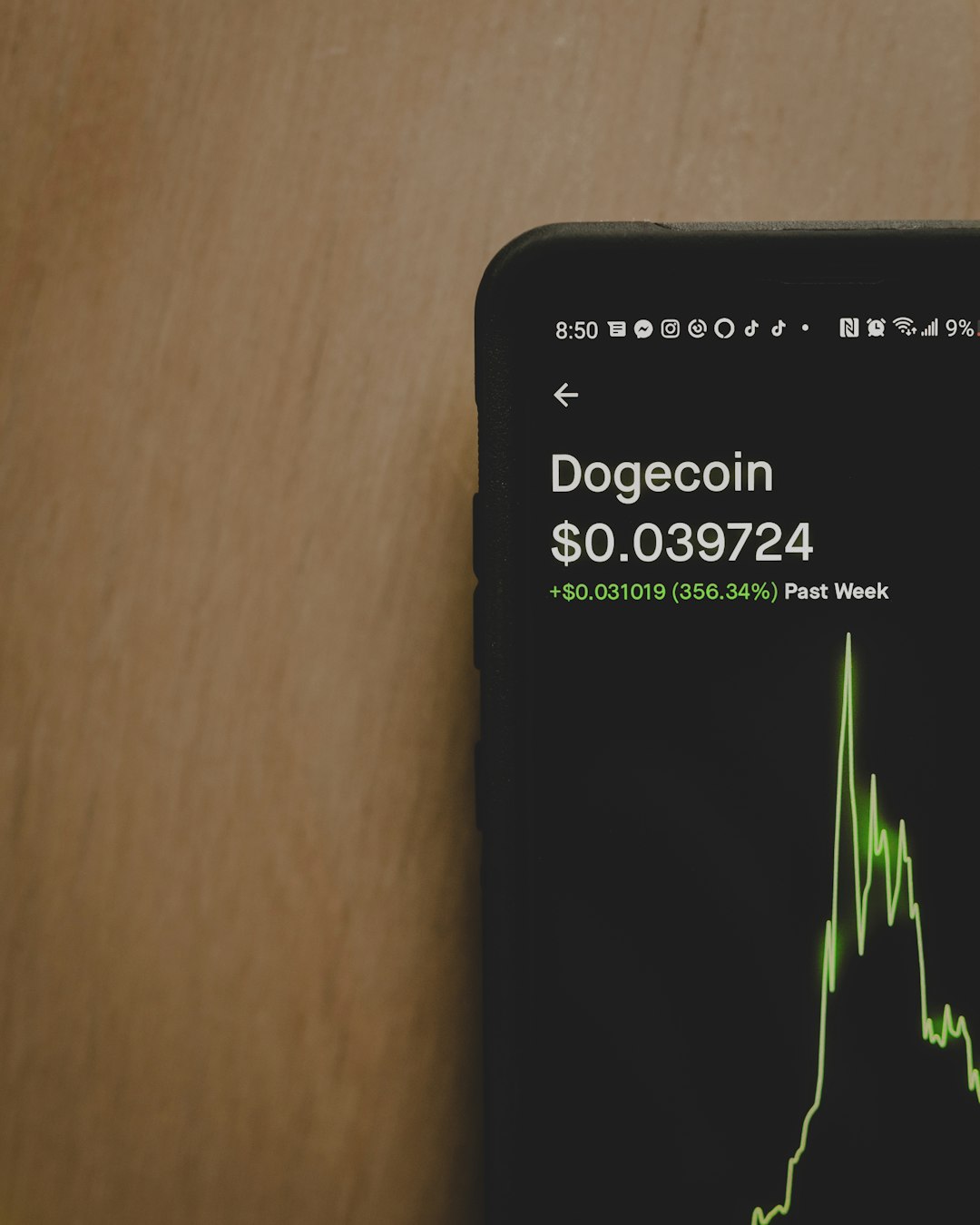
Diversification is a time-tested strategy for reducing risk in investing. By spreading your money across different types of assets, you’re less likely to lose everything if one investment goes bad. Traditional portfolios might include a mix of stocks from various industries, bonds with different maturity dates, real estate in different locations, and perhaps a bit of gold or other commodities. Cryptocurrencies can also be part of a diversified portfolio, offering exposure to new technology and growth potential. However, many cryptocurrencies tend to move in the same direction, especially when the market gets spooked. This means that simply owning several different coins might not offer much protection if the whole crypto market takes a hit. Investors need to think carefully about how much risk they’re willing to take and how crypto fits with their other investments.
Growth Potential: The Race for Returns
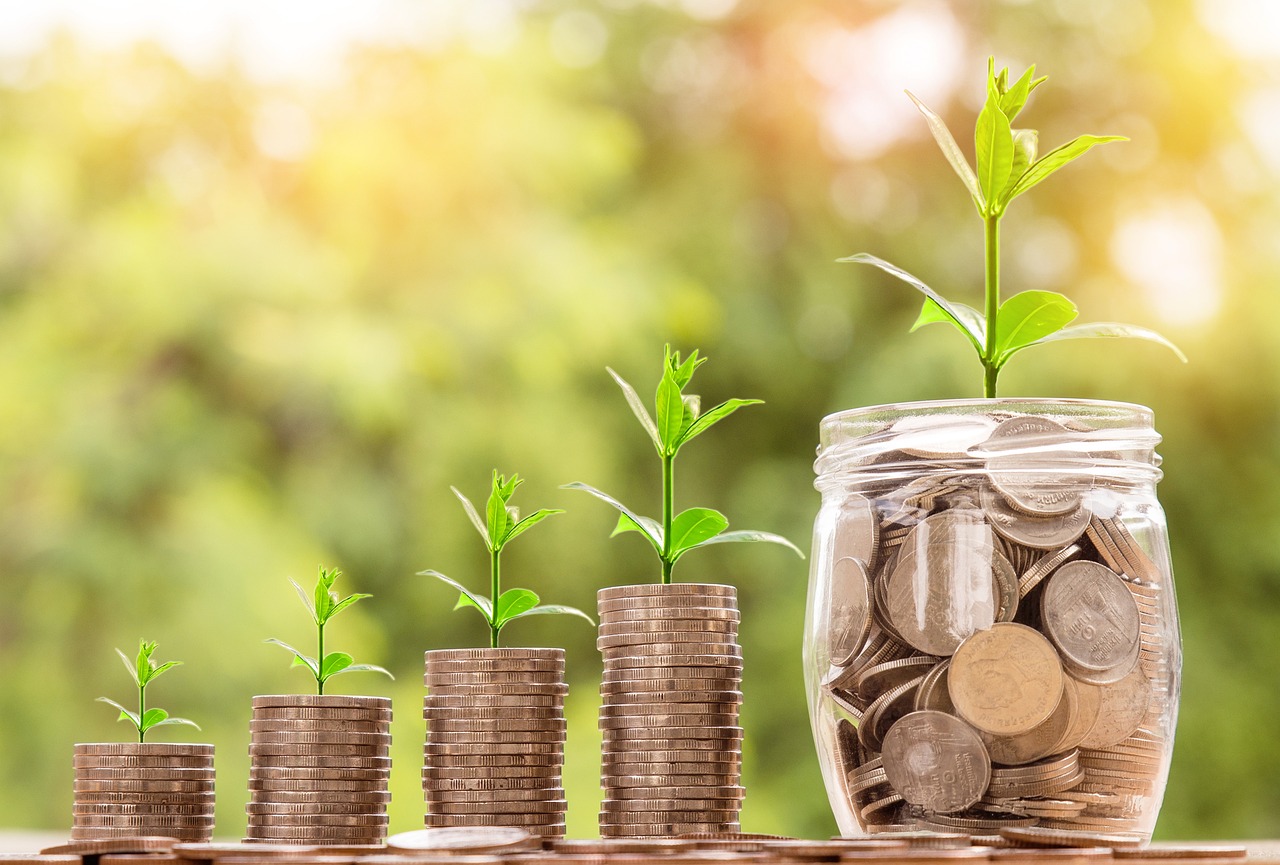
Traditional assets have a long track record of providing steady, if sometimes modest, returns. Over decades, the stock market has helped millions of people build wealth, while bonds and real estate have offered income and stability. Cryptocurrencies, by contrast, are the wildcards of the investment world. The potential for rapid growth is undeniable, with some coins multiplying in value in a matter of months. But these gains are often followed by steep declines, as the market reacts to news, regulation, or changing trends. For investors hoping to get rich quick, crypto offers excitement and possibility. For those planning for retirement or long-term goals, the unpredictable nature of crypto can be a source of anxiety. Balancing the dream of big gains with the reality of big losses is one of the toughest tradeoffs in today’s investment landscape.
The Emotional Rollercoaster

Investing in cryptocurrencies is not for the faint of heart. The constant price swings and relentless news cycles can spark intense emotions—joy when prices soar, panic when they plunge. Many investors fall victim to FOMO, the fear of missing out, buying at the top or selling at the bottom in a rush of emotion. Traditional investments, while not immune to emotion, tend to be less frantic. The slower pace and deeper analysis required can help investors make calmer, more rational decisions. However, even the most seasoned investor can feel nervous during a market downturn. Understanding your own emotional triggers is crucial, especially when the stakes are high and the market is moving fast.
The Impact of Technology and Innovation

Cryptocurrencies are more than just new forms of money—they represent a shift in how we think about finance and technology. Blockchain, the underlying tech, is being used for everything from tracking supply chains to creating digital art. This wave of innovation has the potential to reshape industries and create entirely new markets. Traditional assets, while slower to change, also benefit from technology, with digital trading platforms and new investment products making markets more accessible. But the pace of change in crypto is dizzying, and it’s easy to get swept up in the excitement without fully understanding the risks. For investors, keeping up with new developments is both a challenge and an opportunity.
Generational Perspectives: Old vs. New

Younger investors often feel drawn to cryptocurrencies, seeing them as a way to challenge the status quo and build wealth in a world where traditional paths seem out of reach. Older generations, who may have built their savings through stocks, bonds, or real estate, often view crypto with skepticism. These generational divides can create lively debates around the dinner table, with each side convinced they’re making the smarter choice. The truth is, both perspectives have value—crypto is exciting and full of potential, while traditional assets offer stability and trust. The best approach may be to learn from each other, blending old wisdom with new ideas to build a future that benefits everyone.
Tax Implications and Hidden Costs

Taxes can have a big impact on investment returns, and the rules for crypto are still evolving. In many countries, selling cryptocurrency at a profit means paying capital gains taxes, just like with stocks or real estate. But because crypto transactions are often harder to track, investors can find themselves facing unexpected tax bills or complicated paperwork. Traditional assets, while not immune to taxes and fees, usually come with clearer rules and reporting requirements. Hidden costs, like transaction fees or the risk of losing your private keys in crypto, can also eat into profits. Being aware of these details is essential for anyone hoping to make the most of their investments.
Social and Environmental Considerations
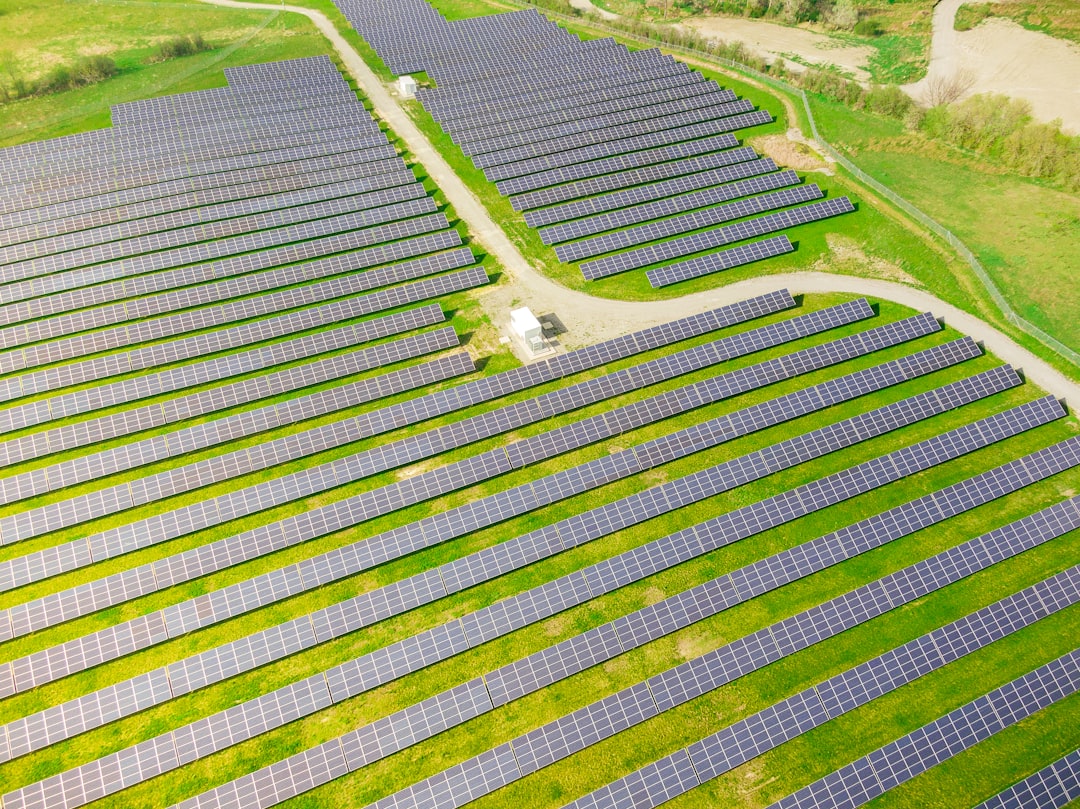
Some investors are now looking beyond profits, considering the social and environmental impact of their investments. Cryptocurrencies, especially Bitcoin, have faced criticism for their energy use and environmental footprint. Mining crypto often requires vast amounts of electricity, raising concerns about sustainability. Traditional assets, too, can have ethical issues, such as companies with poor labor practices or investments in polluting industries. Many investors are choosing to align their portfolios with their values, opting for green stocks or socially responsible funds. Weighing these factors adds another layer of complexity to the decision between crypto and traditional assets.




